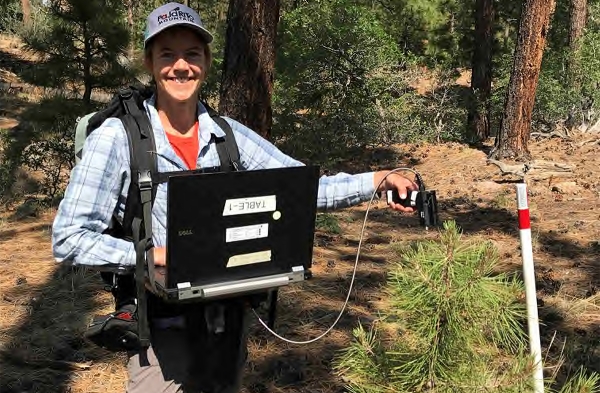As a vicious outbreak of huge wildfires scorching New Mexico since April marks an unusually early start for the fire season in the West, many people wonder, what can be done?
Research is working to understand the options. Fire behavior is broadly controlled by complex interactions among fuel (living and dead plants), its moisture content, terrain and the atmosphere. One thread of active research studies the physics of fire behavior and how the hot swirling gases interact with the atmosphere and weather. Another branch of research focuses on the vegetation that feeds a fire.
In the past, we haven’t had access to the data or fully developed models we need to accurately simulate the complex relationships between heat transfer and the constantly changing physiology of the plants that make a living forest alive. So fine-scale fire models currently treat living vegetation the same, without differentiating among the traits of various plant species.
Recent advances in remote sensing and modeling, however, have opened the door to taking a deeper look at how the physical makeup of various plants species, particularly their carbon and water content, interact with fire. Accounting for these dynamic vegetation characteristics will improve not only our ability to better understand fire behavior but also fire effects and fire’s role in healthy ecosystem dynamics.
Read more at: Los Alamos National Laboratory
L. Turin Dickman assesses fuel moisture content in a ponderosa forest near Los Alamos National Laboratory.


